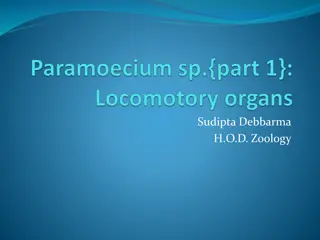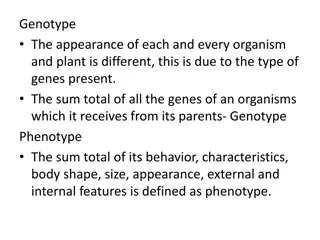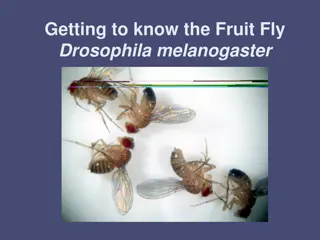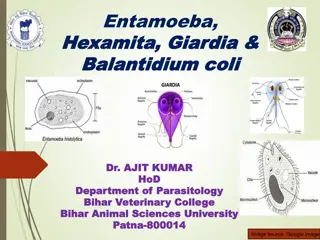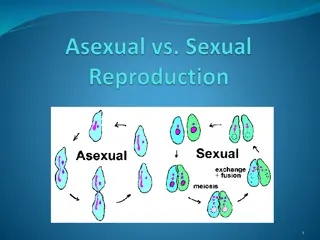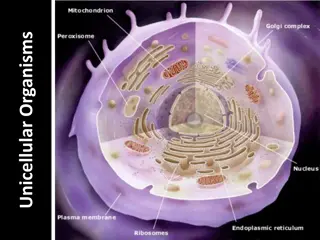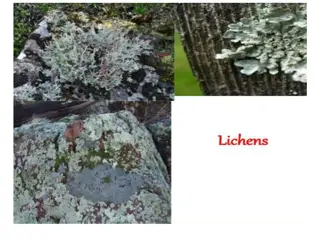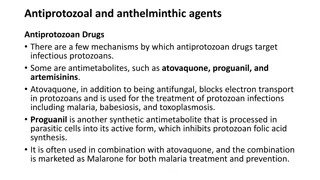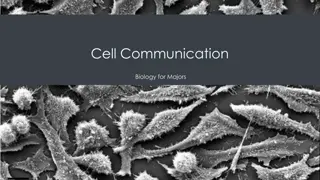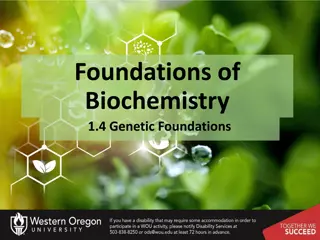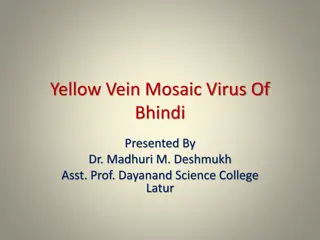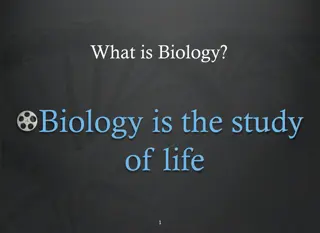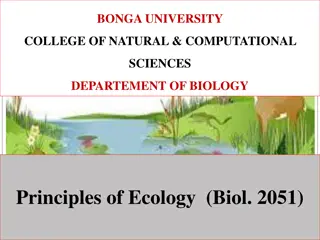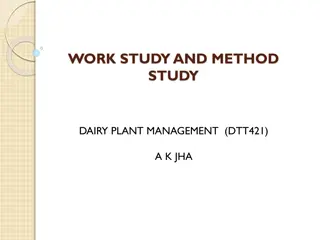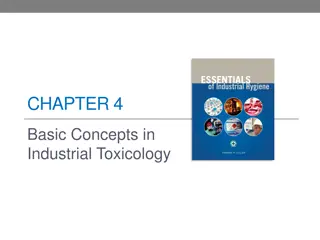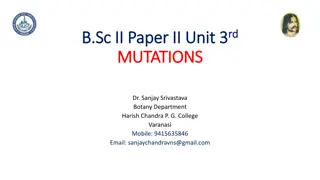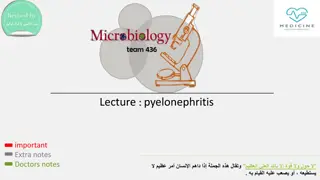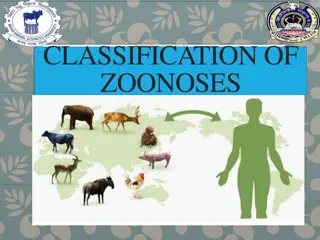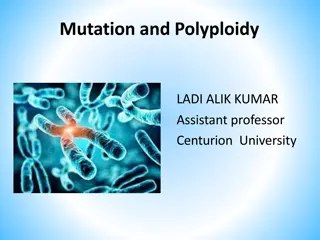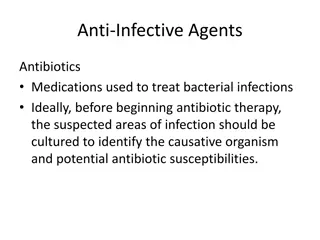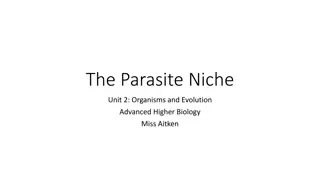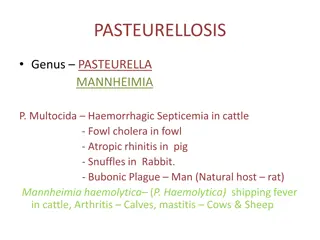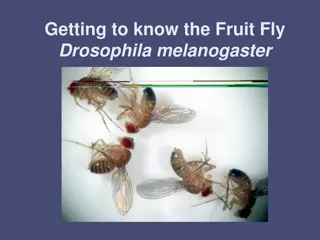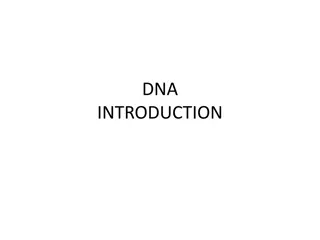Exploring Paramecium: A Detailed Study of a Protozoan Organism
Paramecium, a widely studied protozoan organism, is found in various freshwater habitats. It exhibits unique characteristics such as locomotion through cilia, holozoic nutrition, and intracellular digestion. This microscopic organism reproduces both asexually and sexually, displaying a complex nuclear apparatus. Understanding the biology of Paramecium provides insights into its role in the ecosystem.
Download Presentation

Please find below an Image/Link to download the presentation.
The content on the website is provided AS IS for your information and personal use only. It may not be sold, licensed, or shared on other websites without obtaining consent from the author. Download presentation by click this link. If you encounter any issues during the download, it is possible that the publisher has removed the file from their server.
E N D
Presentation Transcript
Mrs.K.S.K.College,Beed Dept.of Zoology Topic Paramecium Dr.A.N.Shelke
Phylum: :Protozoa Class :Ciliata Order Family :Parameciidae Genus :Paramecium :Holotricha
General Character of paramecium Occurrence: It is found in freshwater ponds, pools, ditches, streams, rivers, lakes, etc. It is abundantly found in stagnant water, where decaying organic matter is in plenty. Locomotion: It moves here and there with the help of cilia, which also functions as food capture. Nutrition: It ingests bacteria and other microscopic organisms or minute protozoans. So nutrition is holozoic. Digestion: intracellular. Respiration and excretion: takes place by general body surface through diffusion process. In paramecium, excretion is also done contractile vacuole and cytoproct. Reproduction: Asexually by transverse binary fission and sexually by conjugation
Decription Decription :- Species of Paramecium range in size from 50 to 330 micrometres (0.0020 to 0.0130 in) in length. Cells are typically ovoid, elongate, foot- or cigar-shaped. The body of the cell is enclosed by a stiff but elastic membrane (pellicle), uniformly covered with simple cilia, hairlike organelles which act like tiny oars to move the organism in one direction. Nearly all species have closely spaced spindle-shaped trichocysts embedded deeply in the cellular envelope (cortex) that surrounds the organism. Typically, an anal pore (cytoproct) is located on the ventral surface, in the posterior half of the cell. In all species, there is a deep oral groove running from the anterior of the cell to its midpoint. This is lined with inconspicuous cilia which beat continuously, drawing food inside the cell.[8] Paramecia live mainly by heterotrophy, feeding on bacteria and other small organisms. A few species are mixotrophs, deriving some nutrients from endosymbiontic algae (chlorella) carried in the cytoplasm of the cell.Osmoregulation is carried out by contractile vacuoles, which actively expel water from the cell to compensate for fluid absorbed by osmosis from its surroundings.[10] The number of contractile vacuoles varies from one, to many, depending on species
Reproduction of paramecium Paramecium has a dual nuclear apparatus, consisting of a polyploid macronucleus, and one or more diploid micronuclei. The macronucleus controls non-reproductive cell functions, expressing the genes needed for daily functioning. The micronucleus is the generative, or germline nucleus, containing the genetic material that is passed along from one generation to the next.Paramecium reproduces asexually, by binary fission. During reproduction, the macronucleus splits by a type of amitosis, and the micronuclei undergo mitosis. The cell then divides transversally, and each new cell obtains a copy of the micronucleus and the macronucleus.Fission may occur spontaneously, in the course of the vegetative cell cycle. Under certain conditions, it may be preceded by self-fertilization (autogamy),[26] or it may follow conjugation, a sexual phenomenon in which Paramecium of compatible mating types fuse temporarily and exchange genetic material. During conjugation, the micronuclei of each conjugant divide by meiosis and the haploid gametes pass from one cell to the other. The gametes of each organism then fuse to form diploid micronuclei. The old macronuclei are destroyed, and new ones are developed from the new micronuclei.Autogamy or conjugation can be induced by shortage of food at certain points in the Paramecium life cycle


